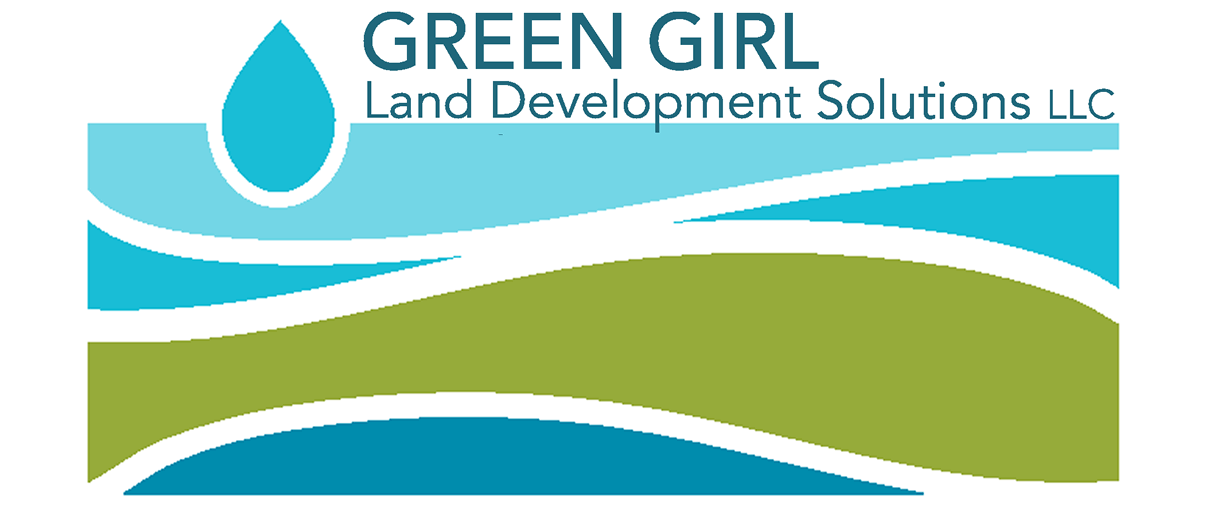 |
|
| Home | ||||||||||||||||
Services
|
||||||||||||||||
About Us
|
||||||||||||||||
| Fee Structure | ||||||||||||||||
| Newsletter | ||||||||||||||||
| Events | ||||||||||||||||
| Publications & Downloads | ||||||||||||||||
| My Big Side Project | ||||||||||||||||
| Contact | ||||||||||||||||
This is a resource page where partipants of the Rain Gardens 201 and other technical field classes can download resources that we talked about in the class. Email me if I promised you something that I forgot to put up here! |
|||
|
|||
The entire LID Guidance template in a DRAFT form can be downloaded from my web page. For the COOS BAY class, I've extracted the detailed design section on "Rain Gardens, Stormwater Planters, and LID Swales (Vegetated Stormwater Facilities)". If you're willing to take some time reading, this section includes detailed guidance on where to put facilities, almost every aspect of design, construction, maintenance, and a guide to choosing the best configuration from an array of forthcoming standard details. I removed the jurisdictional text to make this a little easier to read, but you'll see green italic text, which is information the jurisdiction must make decisions about and keep, change, or delete in their own final version. A lot of the green information is about underdrains, which are known to export nitrogen and phosphorus. These nutrients contribute to algae blooms and dead zones off the ocean, so facilities with underdrains are not recommended for Coos Bay. I've also pulled out the information on how to perform an infiltration test. Don't size or install infiltration facilities without an infiltration test! |
|||
|
|||
WSU Technical Memoradum: Bioretention Soil Mix specifications Mycorryizae info and products can be found on Paul Stamets website. Permamatrix can be purchased from Sunmark Environmental in Troutdale, OR. (It's designed to be placed on the surface and the website has case studies of this application. I've always folded it in at the same rate of application, 1 bag per 500 sf, loosening the soil to a depth of 12" and shoveling it in.) Choosing native plant lists in Oregon. This is a portal I created to a variety of regional tools.One tool link is to a tutuorial I created that helps you match the wetland status indicator to choose appropriate plants for the bottom, sides, or top of rain gardens. Weed Identification Guide. This is a handy quick guide to the most common weeds you'll find inside and out of stormwater facilities the can be hand pulled or dug out. Pacific NW Weed Management Handbook. Provides very detailed information on integrated pest management practices for managing an array of different weeds. |
|||
|
|||
Field Guide to Maintaining Rain Gardens, Swales, & Stormwater Planters. Developed and reviewed by a wide variety of practitioners, this maintenance guide was developed to serve as a field guide for contractors and maintenance staff. "Oregon Rain Garden Guide" Design modification to a rain garden that improves nitrogen removal by creating anerobic conditions in an impervious well at the bottom. Remember, this design should be used just to treat the smaller water quality storm. Additional water beyond that volume should be able to overflow to an infiltration facility if feasible. Thanks to Tyler Phillips on the EPA's nspinfo listserv for sharing this with me. (Also, nitrogen and phosphorus export from compost amended soils doesn't occur as readily when the facility is infiltrating versus only flowing through a lined facility and being discharged via a perforated pipe to the storm system or waterways.) Size a rain garden online (if your rainfall is a Type IA SBUH distribution, which it is if you're in Western Oregon.) Size a stormwater planter (a rain garden with vertical side slopes) in Excel (if your rainfall is a Type IA SBUH distribution, which it is if you're in Western Oregon.) and learn what it all means here. Size a rain garden (i.e. 3:1 side sloped facility that ponds) in Excel. You can download a version of my site planning checklist and a checklist of over 200 best mangement practices that you might be able to apply in addition to rain gardens on your project on my Newsletter page under February. |
|||
|
|||
Sign up for the EPA's npsinfo listserv here to keep up on the latest and greatest thinking by over 2000 stormwater professionals across the country. Sign up for the Oregon Environmental Council's listserv to stay up to date on the latest news on stormwater in Oregon. Sign up on my newsletter to learn about new resources every month. OK, almost every month... Details that I developed with OSU Extension for rain gardens are coming soon, but you can check back at this link, too. (Right now, all that's up there are porous pavement details...) |